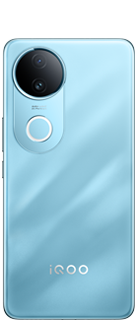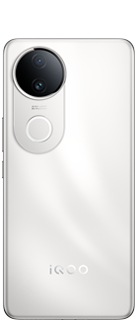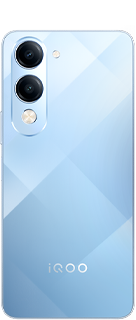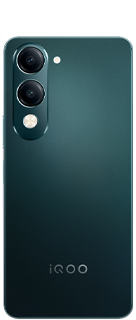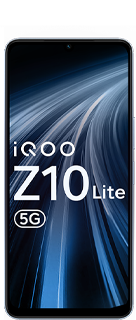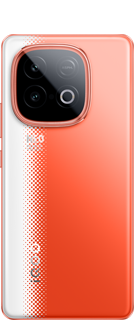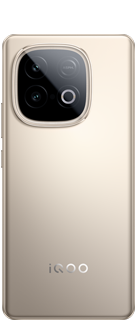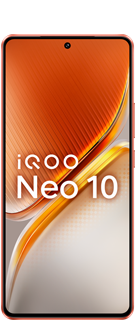Smartphone Magic: Measuring Blood Glucose with Your Compass!
Introduction:

Figure 1, view larger image
(Image credit: Freepik)
The Magnetometer and Its Unexpected Role:
- Most modern cell phones come equipped with a magnetometer, which primarily functions as a compass, detecting Earth's magnetic field for navigation purposes.
- However, NIST researchers discovered an entirely different application for this sensor.
The Proof of Concept:
- In their proof-of-concept study, the researchers attached a tiny well containing a solution (used instead of blood for testing) to a cellphone.
- Alongside the well, they placed a strip of hydrogel, a porous material that swells when exposed to water.
- Within the hydrogel, they embedded minuscule magnetic particles engineered to react to glucose levels or pH (acidity) by expanding or contracting.

Figure 2, view larger image
(Image credit: NIST)
How It Works:
- As the hydrogel particles expand or shrink, they alter the distance between the magnetic particles and the phone's magnetometer.
- The magnetometer detects these changes in the magnetic field's strength.
- Remarkably, this strategy allows for measuring even extremely small glucose concentrations.
Potential Applications:
- While high sensitivity isn't necessary for routine at-home glucose monitoring, this technology opens up exciting possibilities:
- Saliva Testing: In the future, smartphones could measure glucose levels in saliva, which contains lower sugar concentrations.
- Affordable Test Kits: The smart hydrogels used are inexpensive and easy to fabricate. Imagine affordable test kits that attach to your phone via an app, providing real-time glucose readings.
- Wider Accessibility: By leveraging existing smartphone components, this technique could democratize glucose testing, making it more accessible to a larger population.
Conclusion:
- NIST's groundbreaking research, published in the journal Nature Communications, paves the way for a new era in blood glucose monitoring.
- Next time you glance at your phone's compass, remember that it might soon help manage your health too!
Signing off @Rhythm
.
.
.
Tech
485
74
Please sign in
Login and share
Sign in
